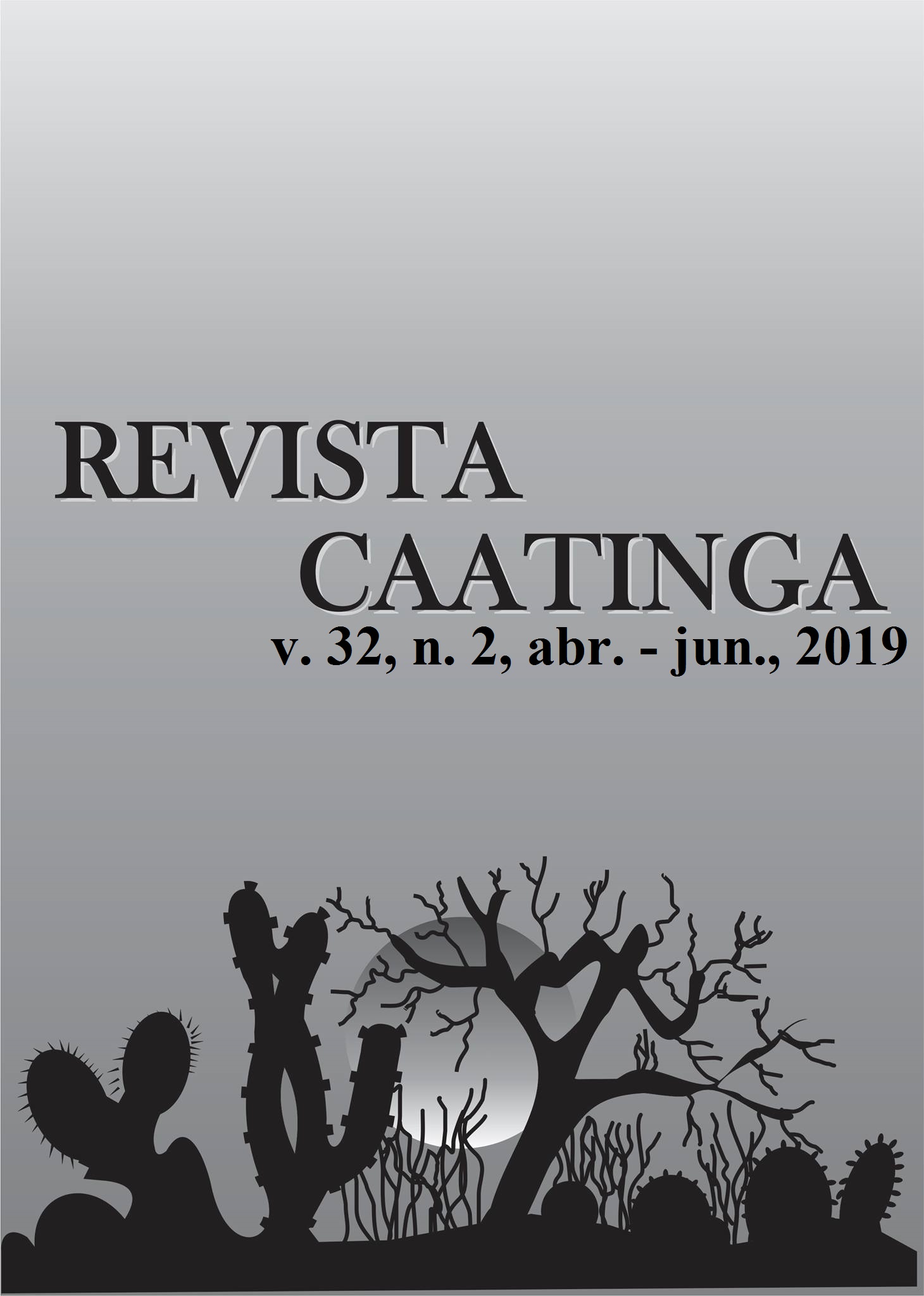QUALITY, BIOACTIVE COMPOUNDS AND ANTIOXIDANT ACTIVITY DURING MATURATION OF ORANGES PRODUCED IN THE BORBOREMA TERRITORY
DOI:
https://doi.org/10.1590/1983-21252019v32n225rcKeywords:
Citrus sinensis. Quality standards. Albedo. Functional potential. Adding value.Abstract
The family farming from the Borborema Territory-PB, Brazil, produces sweet oranges that supply the regional market. In this context, it is necessary to define standards of identity and quality, as well as to quantify the bioactive compounds in the fruit, in view of adding value and creating more competitive markets. This work sought to evaluate the quality, bioactive compounds and total antioxidant activity (TAA) of oranges from family farming. A 3´3 factorial completely randomized design was used, with three cultivars (Baía, Comum, Mimo-do-Céu) and three maturity stages (predominantly green, green/yellow, yellow), with 60 replications of 1 fruit for the physical evaluations, and 4 of 15 fruit for the others. The whole fruits were evaluated by color index, length, diameter, fresh weight and firmness. The juice was assessed for yield, pH, soluble solids (SS), titratable acidity (TA), SS/AT ratio, and ascorbic acid. Total extractable polyphenols (TEP) and ABTS•+ and DPPH• total antioxidant activity (TAA) were measured in the juice and albedo. The 'Baía' and 'Mimo-do-Céu' oranges presented quality parameters aligned with the CEAGESP standards. On average, the ascorbic acid content was higher than 45 mg 100 g-1, with ‘Mimo-do-Céu’ presenting the highest content (50.26 mg 100 g-1). During maturation, the firmness decreased, and the SS, TEP and TAA of the juice and the albedo increased. In general, the TEP content was about eight-fold higher in the albedo than juice, corresponding to the much higher TAA in this portion, thereby highlighting its higher functional potential, especially for ‘Baía’ orange.
Downloads
Downloads
Published
Issue
Section
License
Os Autores que publicam na Revista Caatinga concordam com os seguintes termos:
a) Os Autores mantêm os direitos autorais e concedem à revista o direito de primeira publicação, com o trabalho simultaneamente licenciado sob a Licença Creative Commons do tipo atribuição CC-BY, para todo o conteúdo do periódico, exceto onde estiver identificado, que permite o compartilhamento do trabalho com reconhecimento da autoria e publicação inicial nesta revista, sem fins comerciais.
b) Os Autores têm autorização para distribuição não-exclusiva da versão do trabalho publicada nesta revista (ex.: publicar em repositório institucional ou como capítulo de livro), com reconhecimento de autoria e publicação inicial nesta revista.
c) Os Autores têm permissão e são estimulados a publicar e distribuir seu trabalho online (ex.: em repositórios institucionais ou na sua página pessoal) a qualquer ponto antes ou durante o processo editorial, já que isso pode gerar alterações produtivas, bem como aumentar o impacto e a citação do trabalho publicado (Veja O Efeito do Acesso Livre).







